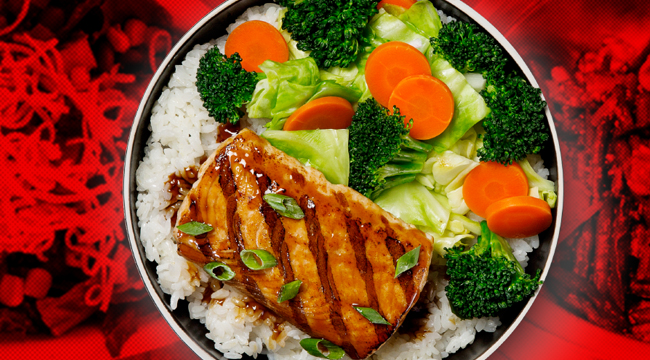
The traditional family dinner is increasingly being replaced by the consumption of takeaway fast food. Workers, and working families, needed quick service and inexpensive food for both lunch and dinner. Eating out, which had previously been considered a luxury, became a common occurrence, and then a necessity. As a result of this new desire to have it all, coupled with the strides made by women while the men were away, both members of the household began to work outside the home. It was during post-WWII American economic boom that Americans began to spend more and buy more as the economy boomed and a culture of consumerism bloomed. In Ancient Rome, cities had street stands – a large counter with a receptacle in the middle from which food or drink would have been served. This also ensured that customers with strictly limited time (a commuter stopping to procure dinner to bring home to their family, for example, or an hourly laborer on a short lunch break) were not inconvenienced by waiting for their food to be cooked on-the-spot (as is expected from a traditional "sit down" restaurant). Thus, urbanites were encouraged to purchase pre-prepared meats or starches, such as bread or noodles, whenever possible. Homeowners feared that a rogue cooking fire "might easily conflagrate an entire neighborhood". Frying foods in vats of searing oil proved as dangerous as it was expensive.


Additionally, procuring cooking fuel could cost as much as purchased produce. Homes in emerging cities often lacked adequate space or proper food preparation accoutrements. The concept of ready-cooked food for sale is closely connected with urban developments. These correlations remain strong even when controlling for confounding lifestyle variables, suggesting a strong association between fast food consumption and increased risk of disease and early mortality. Fast food has been linked to increased risk of cardiovascular disease, colorectal cancer, obesity, high cholesterol, insulin resistance conditions and depression. Many fast foods tend to be high in saturated fat, sugar, salt and calories. Franchise operations that are part of restaurant chains have standardized foodstuffs shipped to each restaurant from central locations. Outlets may be stands or kiosks, which may provide no shelter or seating, or fast food restaurants (also known as quick service restaurants). Other fast food outlets, primarily hamburger outlets such as McDonald's, use mass-produced, pre-prepared ingredients (bagged buns and condiments, frozen beef patties, vegetables which are prewashed, pre-sliced, or both etc.) and cook the meat and french fries fresh, before assembling "to order".įast food restaurants are traditionally distinguished by the drive-through. The fastest form of "fast food" consists of pre-cooked meals which reduce waiting periods to mere seconds. In 2018, the fast food industry was worth an estimated $570 billion globally. Fast food was created as a commercial strategy to accommodate large numbers of busy commuters, travelers and wage workers. It is a commercial term, limited to food sold in a restaurant or store with frozen, preheated or precooked ingredients and served in packaging for take-out/takeaway. Examples of fast food (left to right, top to bottom): Cheeseburger, soft drink, french fries, pizza margherita, hot dog, fried chicken, submarine sandwich, and donuts.įast food is a type of mass-produced food designed for commercial resale, with a strong priority placed on speed of service.


 0 kommentar(er)
0 kommentar(er)
